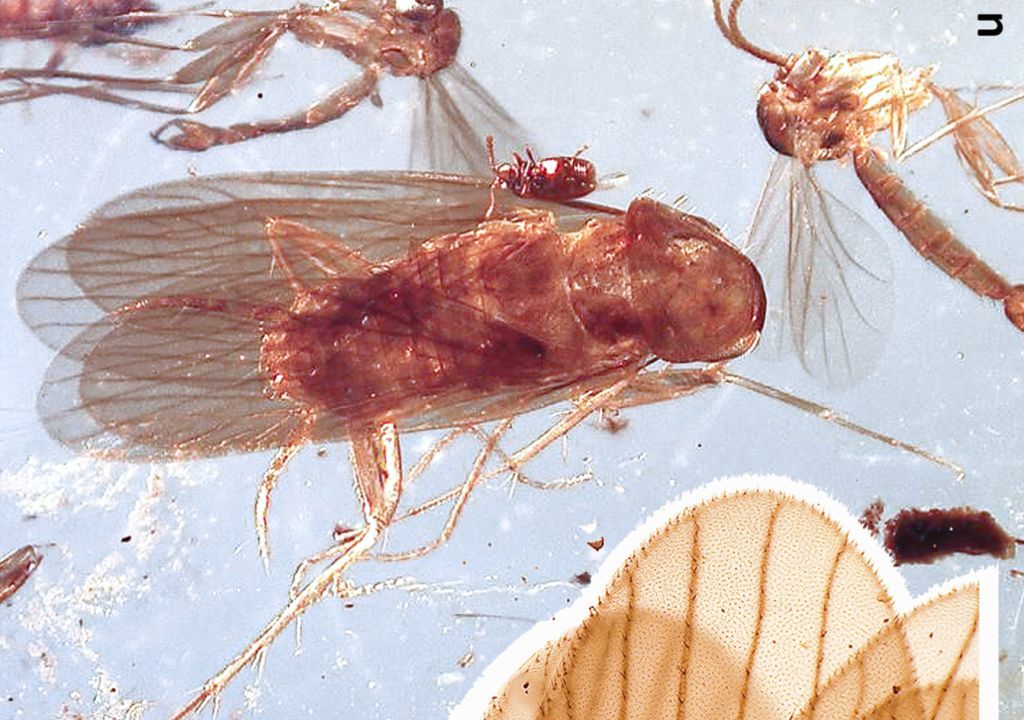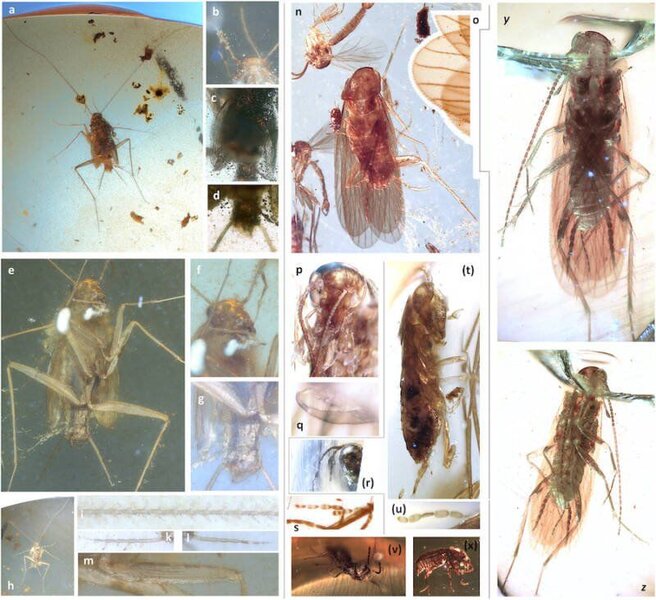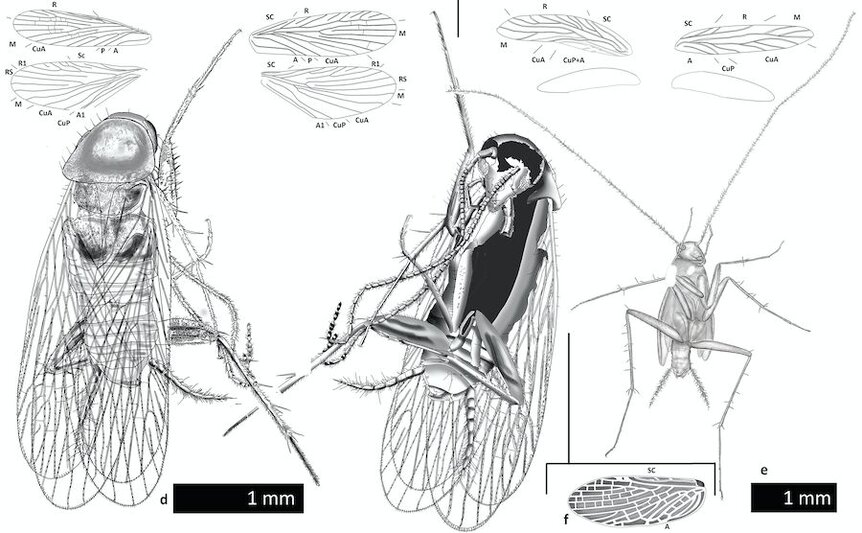Create a free profile to get unlimited access to exclusive videos, sweepstakes, and more!
Cave-dwelling, prehistoric cockroaches found perfectly preserved in ancient amber

We all know it's a bug's world and we're just living in it, with an estimated 1.4 billion insects crawling and flying around our planet for every single living human being. That's a serious bunch of bugs!
For further proof that the insect population has been creeping around for ages, solidifying their position in the hierarchy of life, scientists have recently discovered two new species of prehistoric cockroach embedded in fossilized amber inside a Myanmar cave. Officially named Crenocticola svadba and Mulleriblattina bowangi, this ancient pair dates back approximately 99 million years ago when dinosaurs roamed the planet on land and flying reptiles ruled the sky.
In a new research paper published in the online journal Gondwana Research, these archaic cockroaches were found perfectly preserved in amber deposits down in the depths of an old mine in Myanmar’s Hukawng Valley. According to the study, this probably occurred when sap and resins leaked from tree roots into the cockroaches’ dark domain and hardened around the hearty paleo-arthropods.
These specimens are the oldest known examples of what's known as "troglomorphic" organisms, which are creatures that evolved to adapt to the dim, damp habitats of cave interiors and carry the distinction of being the sole dark-adapted animal known from the Cretaceous period. Modern biologists are well acquainted with the small-eyed, small-winged cave-lurking insects of today's world; however, this particular pair of distinct species are the oldest creatures ever discovered displaying those characteristics.
According to the study, this dinosaur-era duo probably had the genetics of a common ancestor that lived much earlier in the Cretaceous period, prior to the point when continental drift pushed apart their murky domiciles on the Gondwana supercontinent. These cave environments were perfectly suited for fossilization of bones and coprolites (or fossilized feces), and the current fossil record of cave mammals includes rodents, ungulates, marsupials, ursids, felids, hyaenids, canids, primates, and humans.
Next time you pull out a can of bug spray to exterminate pests around your home, remember that they've been part of the planet's ecosystem far longer than you, and still will be long after humans are gone!




























